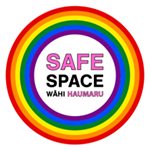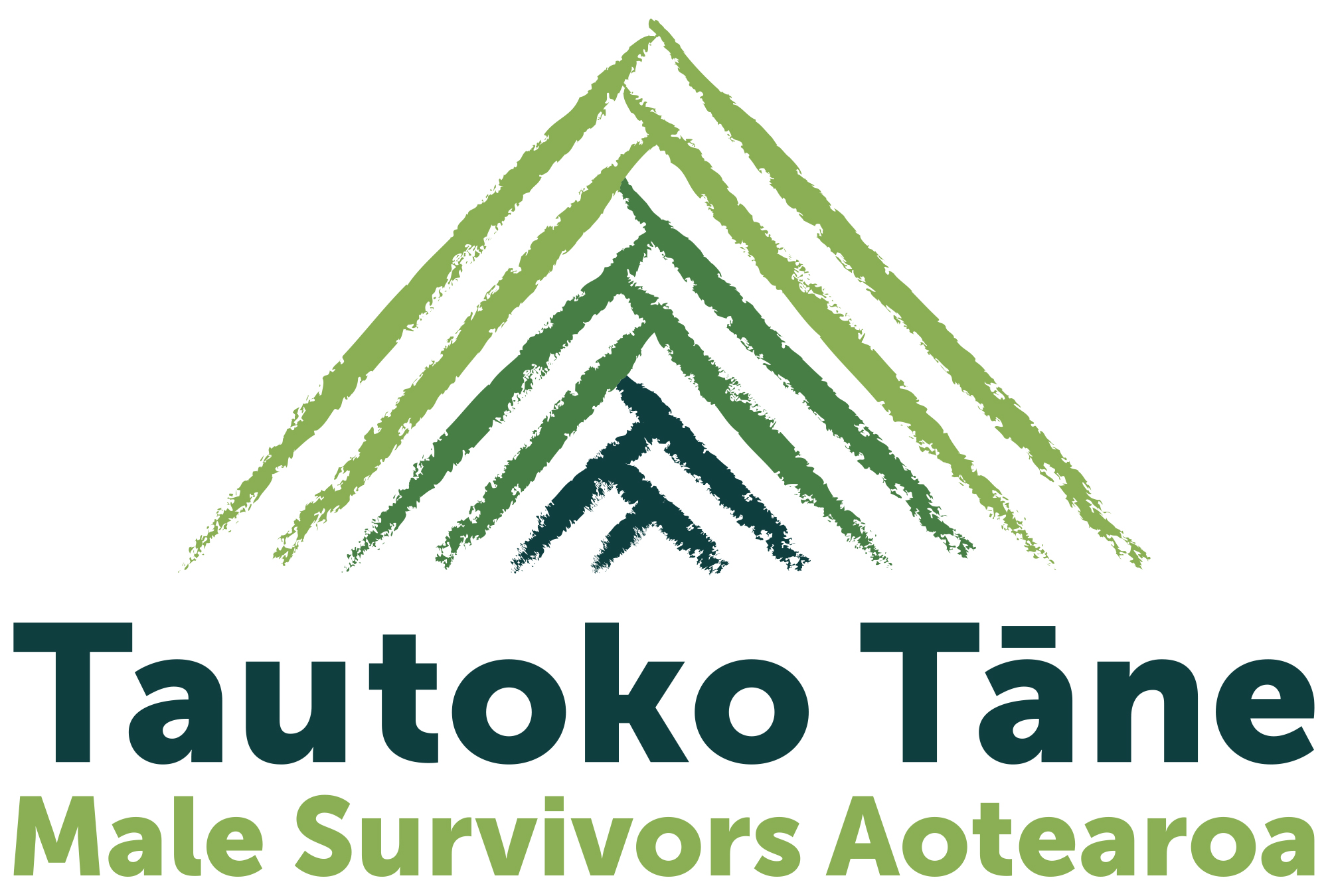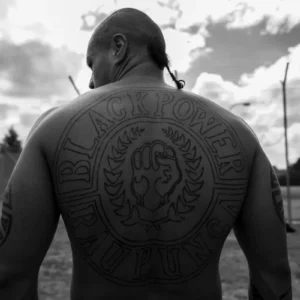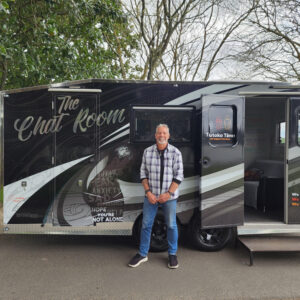A recent public hearing of the Royal Commission of Inquiry into Abuse in Care put the role of Crown agencies under the spotlight. The inquiry heard how abuse, and complaints of abuse, are dealt with, and about the checks which are supposed to keep those in the system safe. Fourteen different agencies were represented.
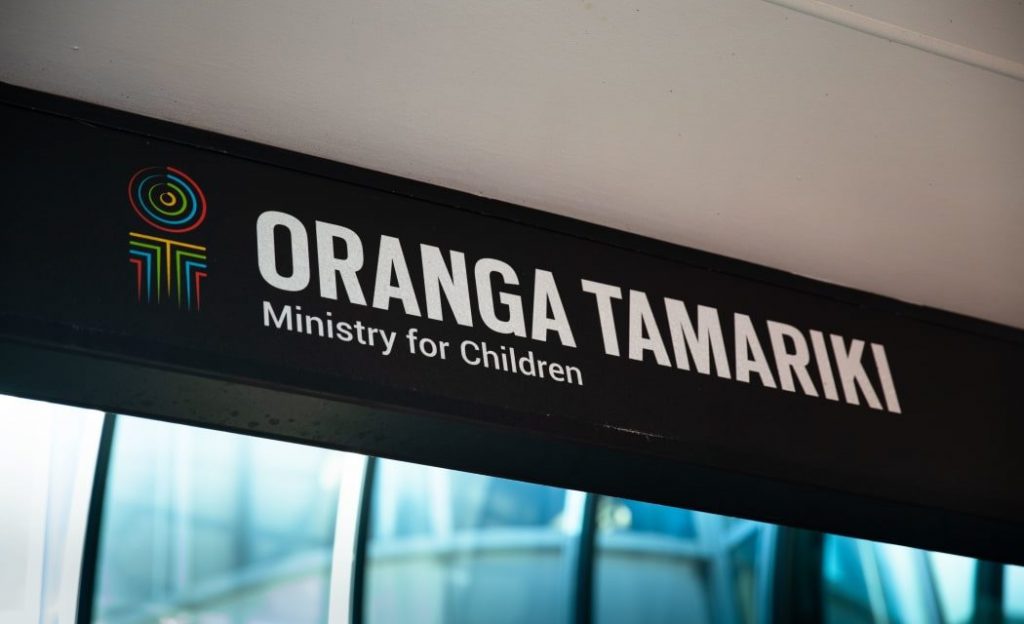
Photo: RNZ
As the Royal Commission rolled through the State Institutional Response hearing, legislation changing the way Oranga Tamariki is monitored was passed by parliament.
Currently, the (independent) Office of the Children’s Commissioner monitors Oranga Tamariki. Under the incoming legislation, that responsibility will pass to the newly created Independent Children’s Monitor, which will come under the Education Review Office, a government agency.
That means the state will have to hold itself to account — a shift which many survivors, young people in care, and children’s advocates, say isn’t possible, and goes against creating a safer state care system.
As the Children’s Commissioner Judge Frances Eivers told the inquiry: “The state cannot monitor itself.”
She explains why in this edited excerpt from evidence given to the inquiry. Glenis Philip-Barbara (first Assistant Māori Commissioner for Children) and Fiona Cassidy (executive director of the Office of the Children’s Commissioner) also gave evidence on behalf of the Commissioner’s office.
Judge Eivers: Please picture in your mind a 16-year-old Māori rangatahi whose home is chaotic. He has seen and experienced family violence. He has grown up moving from one draughty, overcrowded home to another — if he’s even got a home.
He’s never been sure of where his next meal comes from, and he’s never been told he is valued.
Outside of his home, people see his family and judge him as the same. Now he’s in trouble and he’s coming before me and the court, where young people like him are often treated more harshly because of being stereotyped as “bad” or “just like their parents”.
But the vast majority of these rangatahi were victims long before they began offending. Their trauma has formed their response to the world around them, a world that has never shown itself to be on their side.
Why had no one helped them before? Trouble is, they’ve probably tried.
But from an early age, this rangatahi trusts no one. He doesn’t see anyone, and the system is separate. Work and Income are the enemy. Teachers are the enemy because they pry into his family life. Social workers — don’t trust them because they take you away. And he’s been told what that’s like by other kids. Better to stay silent and stay where he is. At least he understands that place.
The story is a familiar one. Many of you will have heard it before, and perhaps we are inured to the tragedy. But for him, this is his unique story, his personal pain. And we must never forget that.
Part of his suffering is a lack of trust in a system that is not good for him, and does not talk to him in a language he can trust and understand. And when we fail to recognise and act on that, we are effectively abandoning him and rangatahi who have the same experiences.
This is because the care and protection and the youth justice system has failed to serve the interests of our mokopuna. It continues to fail them today. Despite the efforts of many committed and dedicated people working within the system, past and present, it remains in freefall.
Whānau and whakapapa need to be centred in the system
Judge Eivers: Let’s start with the premise that there are a disproportionate number of Māori in the state care system, and actually always have been. There are a number of good reports and investigations that have already been published, in particular WAI2915 — the Waitangi Tribunal report on the urgent inquiry into Oranga Tamariki. It talks about setting up a Māori Transition Authority to look carefully at what’s needed to eliminate the need for state care of tamariki Māori.
It will require a completely different approach. It will require consultation with Māori, with iwi, with hapū, with whānau. And it’s a matter of the state standing back and the resource and the decision-making being with Māori for their own.
Because at the end of the day these are our children, they whakapapa Māori. We want a model that works for them, and that seems to be about getting mokopuna back to their communities.
We talk about mokopuna in Wellington at Epuni care and protection residence who are from Papakura. I believe they should be in their own community, they should be with whānau who can be supported, who they trust. Clearly, there are times mokopuna need to be taken from whānau for reasons of safety. But every mokopuna I represented as a lawyer always told me they wanted to go home. And their whānau wanted them. They just didn’t have the means to cope.
One mokopuna who spoke to my office told us what they wanted for families like theirs: “A lot of support for mental health people, as well as parents who can’t handle stress or their anger.”
If we could really develop unique, and almost boutique, plans around these whānau, and have the state work together with iwi in a way that iwi leads the design of that support, I believe it would make a difference.
Because mokopuna need to be with their own, and their whānau need to be supported so that relationship can be repaired, strengthened or fostered — whatever is required so that a minimum of harm is done by the breaking of their whakapapa.
It means Te Tiriti must be at the foundation of transformation of the care and protection system. Because only through a by-Māori for-Māori approach, will we address the disproportionate number of mokopuna Māori in state care.
For children that I’ve seen come through the court system — they’re intelligent, smart, amazing kids who just haven’t had the same opportunities as, say, my own boys and their friends — and they deserve it. And when they need to be temporarily placed in care, they deserve for that care to be the best care that they can have.
I think it’s about having the courage to actually to do that. Because I think we’ve let a system develop that has possibly got out of control a little. We need to bring it back to relationships and back to community. We need to bring it back to whakapapa. And it may be that it’s whakapapa Pasifika, or whakapapa Pākehā, or whakapapa Māori.
The monitoring of Oranga Tamariki must be independent from the state
Judge Eivers: I am on the public record as saying, and it’s echoed by many across the children’s rights sector, that the state cannot monitor itself.
No matter how many non-interference agreements we are told are in place, or assurances that it is independent, the Independent Children’s Monitor that will undertake most of the monitoring of the care system is a departmental agency and cannot be independent of government.
It is a simple fact that the kaimahi of the Independent Children’s Monitor are public servants. Public servants cannot speak truth to power. They are there to implement the decisions made by ministers who in turn are elected to represent the will of the people.
The public does not believe that the new monitor can be truly independent. I’m repeatedly asked why the state is deliberately taking steps to remove any checks and balances on a system that has the most feared powers of them all — that is, the ability to take your child away.
I have no answer for them. The answers to the challenges before us lie in reforming the care and protection and youth justice system itself. Yet, it is the oversight system of Oranga Tamariki that has become the focus of change.
I also ask you to look at this through the eyes of those at the centre of the storm, mokopuna themselves. At the end of the matter, mokopuna are experts in their own lives. They know what is happening around them and to them. And yet they tell us, again and again, that they remain silent in front of authority because no one is listening anyway: “Why would I share?”
Why independence is important to monitoring abuse and complaints
Fiona Cassidy: It’s important to understand that Oranga Tamariki have two complaints systems — one for mokopuna in care with the community, and a separate grievance process for mokopuna in residential facilities. The critical path for each one differs, and we know that makes them harder to negotiate.
Mokopuna have also told us that they don’t necessarily trust the Oranga Tamariki complaints processes. For the obvious reason that when they are making a complaint, they are often making it to those who may have caused that concern. It’s also important to bring up that, throughout all of the work we’ve done, what we’ve found is that the grievance process — which is the complaints process for mokopuna in residential facilities — needs an overhaul because it is not mokopuna-centred.
An observation from our team at the Commission sums up the difficulty of the complaints system: “We’ve consistently heard from mokopuna that making a formal complaint and process is a ‘snitch form’, and that often stops them actually putting it in.”
Glenis Philip-Barbara: I think the first issue to be addressed is the power imbalance felt by mokopuna and their whānau, particularly in places of detention that are within the state care system.
Mokopuna have told us how frightening it is to complain when you are dependent for your wellbeing on the people you are complaining about, and I think that the idea of a centralised place where complaints are gathered together is a useful one, but I don’t think it will resolve the power imbalance issues.
Mokopuna have been very clear with us: It’s difficult to be cared for by the state.
So it’s important that we create a mechanism where young people feel safe to say when things aren’t okay. At this current moment, it feels like we’re quite a long way away from that. And I’d say we’re quite a long way from even understanding what the elements of that might be.
It’s why I think survivors are best placed to actually tell us what that might look like. And I worry that for the sake of efficiency, and to contribute to the importance of proper oversight, we might lose the opportunity to actually hear from survivors.
Advocating for mokopuna is a specialist job
Glenis Philip-Barbara: When we are working with public funds, there’s a tension between efficiency and effectiveness. And we know from our mokopuna-centred work, that the way that we monitor places of detention simply takes more time.
Three days is the minimum amount of time that we spend in a place of detention. And we generally take a team of up to four, sometimes more, depending on the numbers of young people, particularly in the larger residences.
On the first day, we invest in actually spending time with young people. So we play volleyball — and I’m bad at volleyball — we play basketball, we share a meal, that kind of thing. Because every mokopuna in that place determines for themselves whether or not they will speak with us. And they determine whether or not they want to participate in the monitoring that we are undertaking.
For us, it’s an ethical approach in line with tikanga Māori, kei ngā mokopuna te mana. We give them the time and space to ask us their questions, to clarify their understanding of what we’re doing, and ultimately they will decide if they speak with us.
It’s what we mean by mana mokopuna. We listen to the voices of young people, first and foremost. Then we reflect on what they’ve told us in their formal interviews and in conversations. And that gives us a steer in terms of where in that system we need to look at.
Fiona Cassidy: If we take a step back, we can also look at the Children’s Commission’s Child Rights line. We’ve had that for many years, and mokopuna and whānau come to us through it. They also get in touch directly, or via the Oranga Tamariki grievance process.
When dealing with complaints, we can’t legally investigate matters before the courts, but we help whānau and their mokopuna navigate the system.
Glenis Philip-Barbara: We’ve found contact with our colleagues in the care and protection and youth justice system very useful for this. Sometimes, just the threat of an investigation has been enough to encourage them to move swiftly, and look at the situation for a whānau or a mokopuna.
We also maintain close connection and contact with whānau and mokopuna, and follow the process until the issue is resolved. It’s a very labour-intense way of working and we’re limited in our work by the size of our tari. You need a deep understanding of the system, and we can only dedicate two to three people consistently each week to this part of our work.
How funding and resourcing affects monitoring of the state care system
Fiona Cassidy: When the Children’s Commission was set up in 1989, the purpose behind it was to actually have a voice. It started with $500,000 and five people.
In 2003, we were given broad legislative functions to monitor and assess the policies and practices of state care. In 2007, our functions increased when the Office of the Children’s Commission was designated a National Preventive Mechanism through the Crimes of Torture Act to monitor youth justice residences. But we never got the funding to actually meet that increased mandate.
As it currently stands, we monitor 33 places of detention. These include youth justice residences, care and protection residences, community-based remand homes, health and disability places of detention established for the care of children and young people, and mothers and babies units in Corrections facilities.
To date, the OCC has never been adequately funded to carry out its wide-ranging statutory duties, including its monitoring mandates. It has meant each Commissioner has had to make choices about how they spend our funding. And all of them have chosen to look at what is likely to make the most difference.
There is not one Children’s Commissioner that didn’t ask, within very small margins, to be able to do more. While the funding we did get didn’t necessarily match what was needed, it did allow the Commission to take up particular projects.
Judge Eivers: The funding is there now for the Independent Children’s Monitor. I think they’ve been allocated $44 million over four years, where we get $3.157 million a year for everything. So I’m really pleased that the funding’s gone there, but whether it’s enough is an unknown.
I remain of the view that an effective, well-resourced and fully independent monitor, teamed with relentless advocacy, is vital to prevent, address and eliminate the abuse of mokopuna in care.
Judge Frances Eivers (Ngāti Maniapoto, Waikato) has been the Children’s Commissioner since November. Before that, she had been a district court judge in the Family, Youth and Criminal jurisdictions in Manukau since November 2009. Her work as a lawyer also focused on these areas, and included work as a lawyer who represented the child’s interests in Family Court cases, and youth advocate.
Fiona Cassidy (Ngāti Kuri, Te Aupōri, Te Rarawa and Ngāti Whātua ki Kaipara) has been the executive director of the Office of the Children’s Commissioner since March. Before that, she spent a year working as the general manager communications and engagement at Oranga Tamariki.
Glenis Philip-Barbara (Ngāti Porou, Ngāti Uepōhatu, Clan McDonald) was appointed the first Assistant Māori Commissioner at the Office of the Children’s Commissioner in November 2020. Her role at the Commission finished in July.
They appeared before the Royal Commission of Inquiry into Abuse in Care on August 25.
This piece has been made possible by the Public Interest Journalism Fund.
